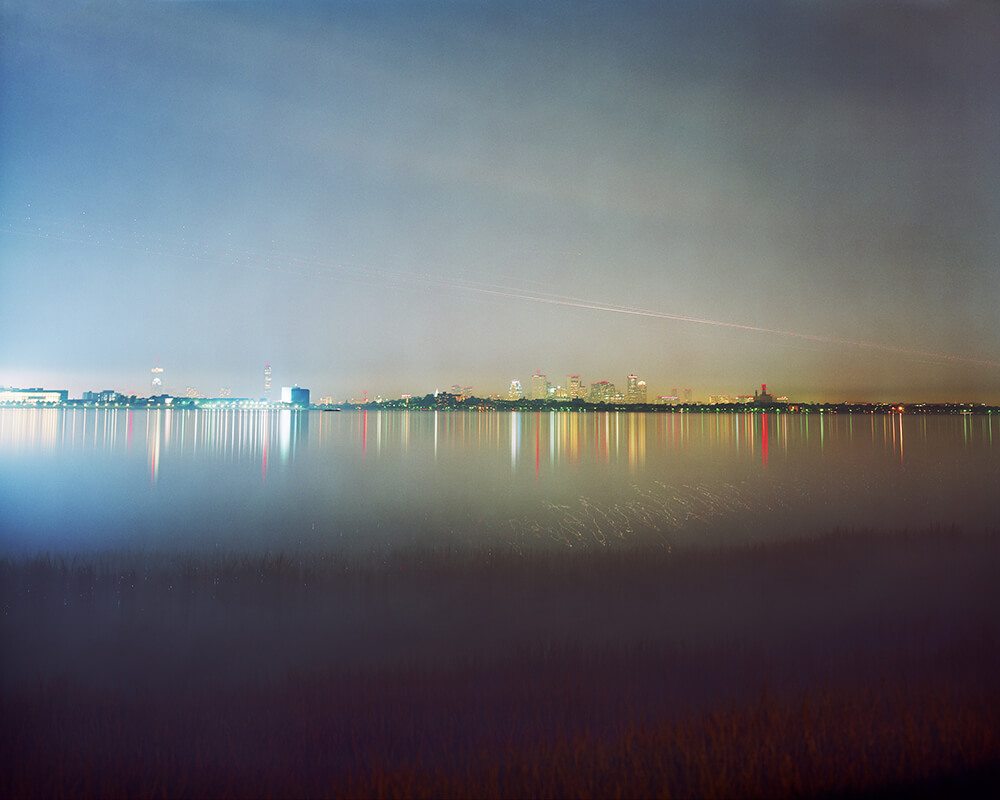INSPIRATION
In The Sweet Delight of an Endless Night
INSPIRATIONAL NIGHT PHOTOGRAPHERS
Inspirational Night Photography
“When the world is itself draped in the mantle of night, the mirror of the mind is like the sky in which thoughts twinkle like stars.” – Khushwant Singh
Nighttime has always had a certain suggestiveness, evoking feelings of romance, of mystery, of fear and subterfuge, of joyful abandon… Artists of all mediums have long used the nocturne to emphasise the emotional impact of their works, and photographers are no different – almost as soon as the medium of photography was invented, photographers began to venture into the night with their cameras, pushing the technology of the time to its limits. As well as pioneering photography as an accepted art-form, many cite Alfred Steieglitz as one of the first night photographers; the images from his forays into New York in the late 1890s still holding a captivating power to this day.
Of course the lack of light, the essence of the nighttime, creates a technical challenge for a medium that relies on light falling on a film, and there is therefore a necessary technical mastery that goes alongside an artistic eloquence. The eye is a complex piece of organic machinery, and all too often nighttime images can look like poor imitations of what the eye experiences. It is therefore no surprise that many photographers choose to kick against this entirely – using light and blur to create something quite different to reality.
It is perhaps this combination of emotional and technical expressiveness that makes night photography such an exciting pursuit. This list highlights a few photographers who pushed, or continue to push the genre in exciting directions, but it is by no means exhaustive. We hope you find a wealth of inspiration, and a few surprises along the way…
(Banner image © Christina Seely)
Brassaï
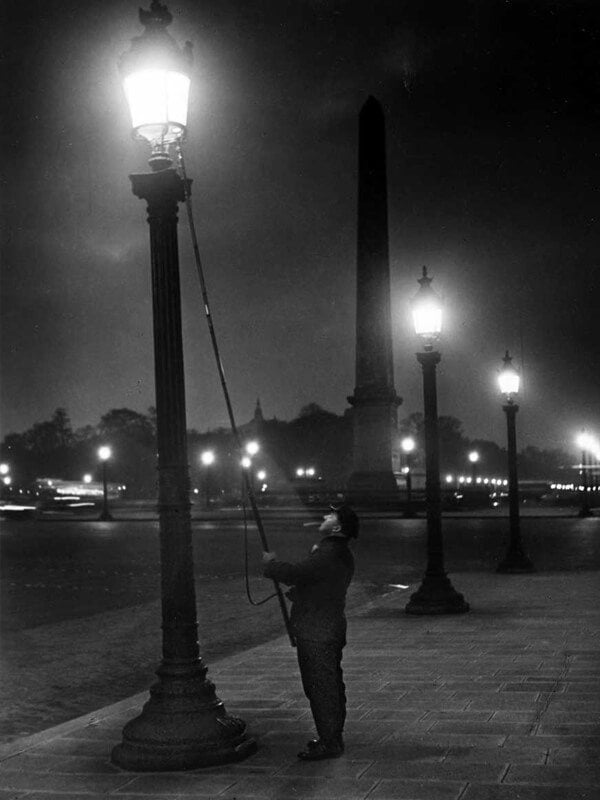
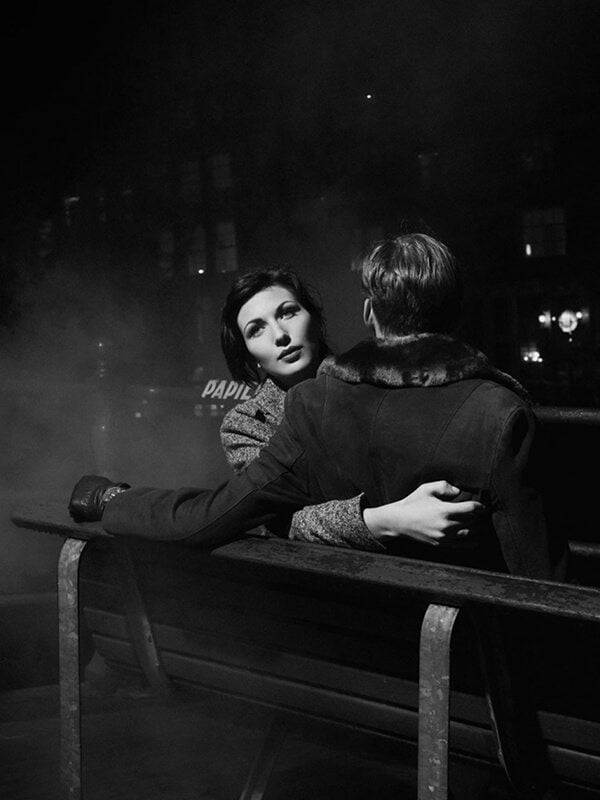
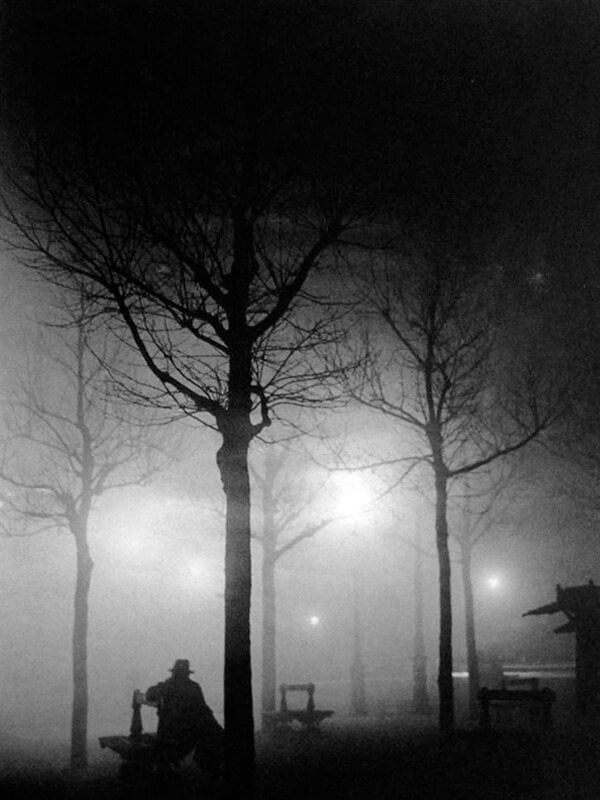
Images © Brassaï
As a Hungarian emigrant to France, mixing in the same art circles as greats such as Picasso, Marcel Duchamp and Henry Miller, Brassaï made his mark with his remarkable second book, 1933’s ‘Paris de Nuit’ (Paris at Night). His images juxtaposed luminous, dreamlike nightscapes with contemporary (at the time) documentary images of those roaming the streets at night, and were a technical marvel – pushing the boundaries of what was possible with a camera at the time. His use of contrasting light and darkness, and of fog as a tool to create atmosphere are still employed by photographers around the world to this day. His work is perhaps held in such revere because of how he captured feelings of place, more than just visual records.
As he put it so well – “Night does not show things, it suggests them. It disturbs and surprises us with its strangeness.”
Arthur Ollman
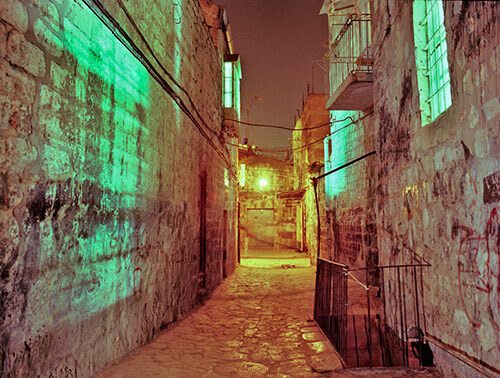
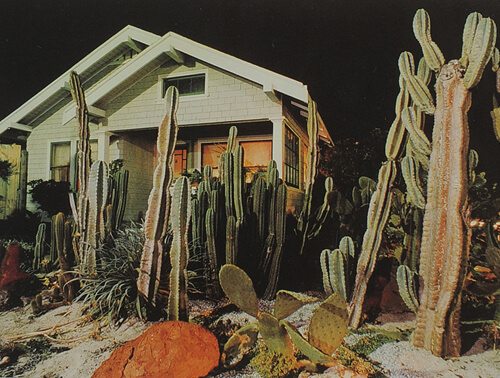
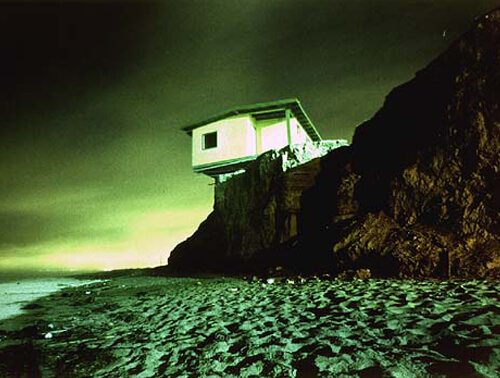
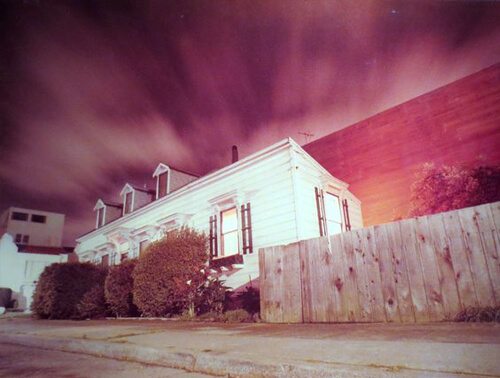
Images © Arthur Ollman
Founder of San Diego’s Museum of Photographic Arts, and a relentless innovator across a career spanning more than 45 years, Ollman holds a place alongside greats such as William Eggleston and Joel Meyerowitz as pioneers of contemporary color photography. Ollman started applying the medium to night-time image making in the early 1970s, using a wide-angle lens, color negative film and only available light (car headlights, street lamps) to reveal unexpected hues in what he referred to as “short movies” based on the length of time for which the shutter would be left open.
The result is a bizarre architectural space – a synthetic, alien realm where colors are distorted and things seem simultaneously strange and familiar. Suggested by some as a nostalgic attempt to revive the opulence of an earlier age, his images glow with exotic colors and the empty loneliness of night.
Shimon Attie
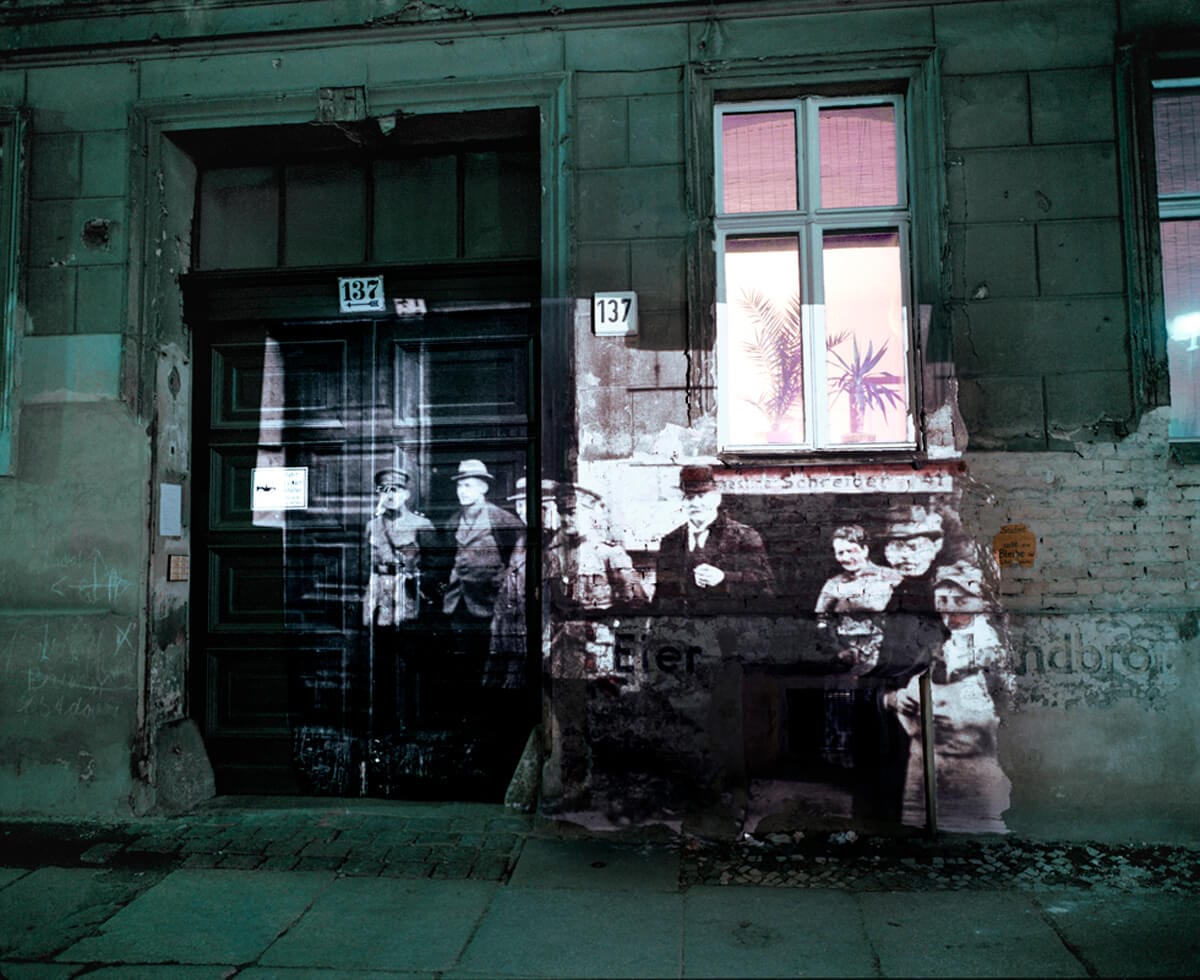
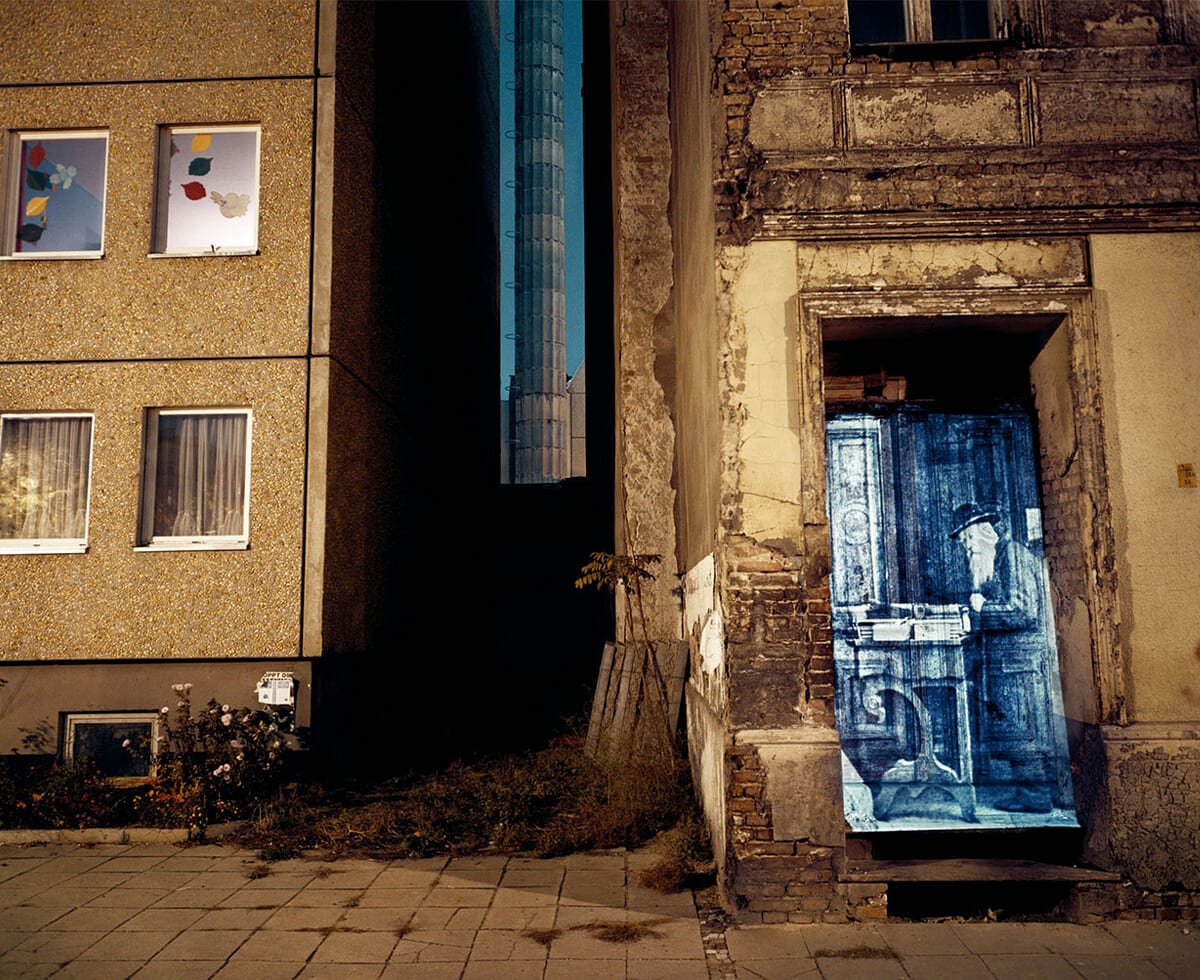
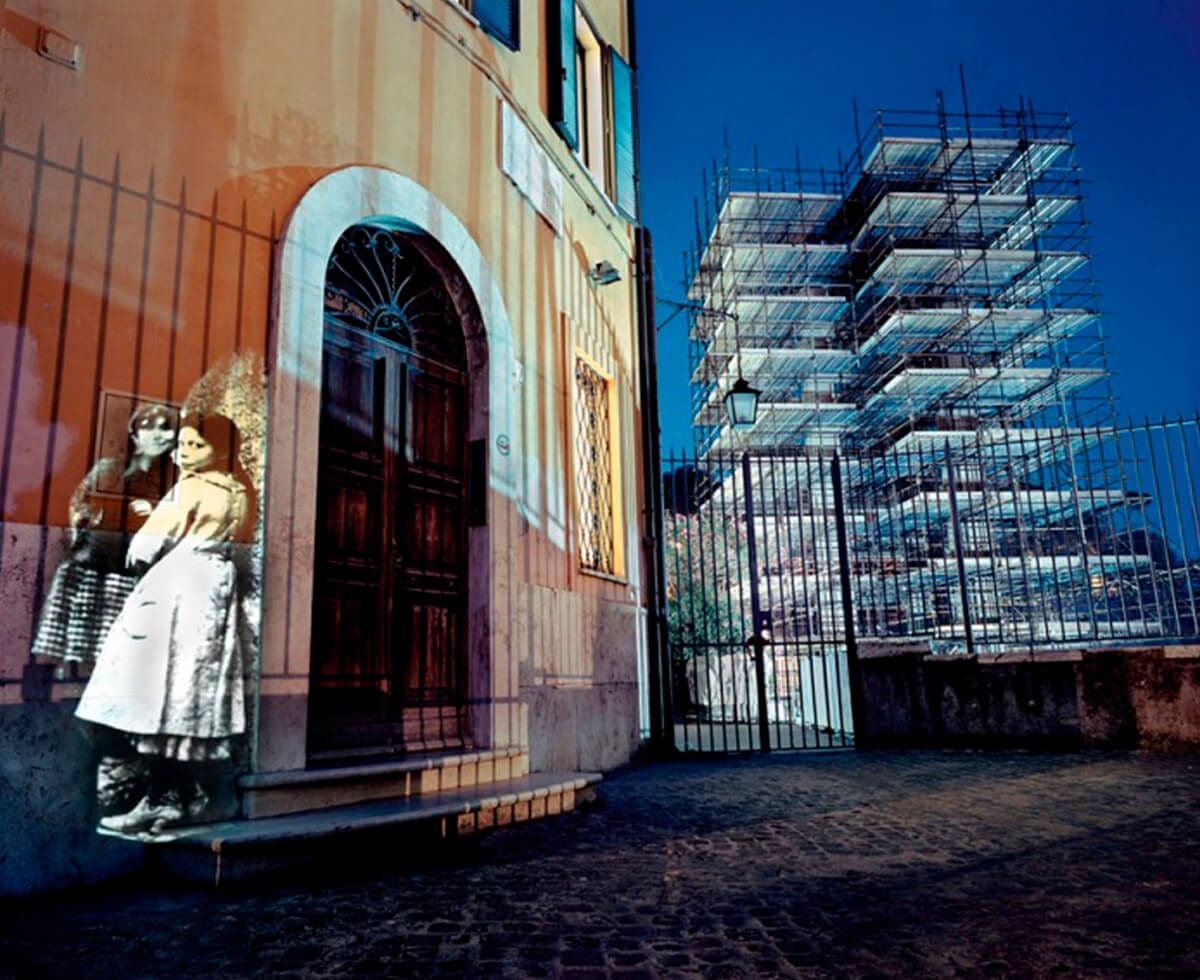
Images © Shimon Attie
For Attie, the night is not only an environment in which to create his art, but a necessary element to execute it. In much of his evocative work, he projects images and text onto the physical landscape, in order to ask questions of memory, place and identity, particularly for marginalized communities.
His best known work is perhaps ‘The Writing on the Wall’, for which he slide projected fragments of pre-World War II Jewish street life onto the same streets in which they had been taken some 60 years earlier. Creating art installations in space, and photographing the results, he momentarily recreated parts of long-ago destroyed Jewish community life, both commemorating and celebrating a world ravaged by Nazism. Utterly unique, and deeply emotive, his immersive work uses the night as a time for reflection and contemplation, to devastating effect.
Christina Seely
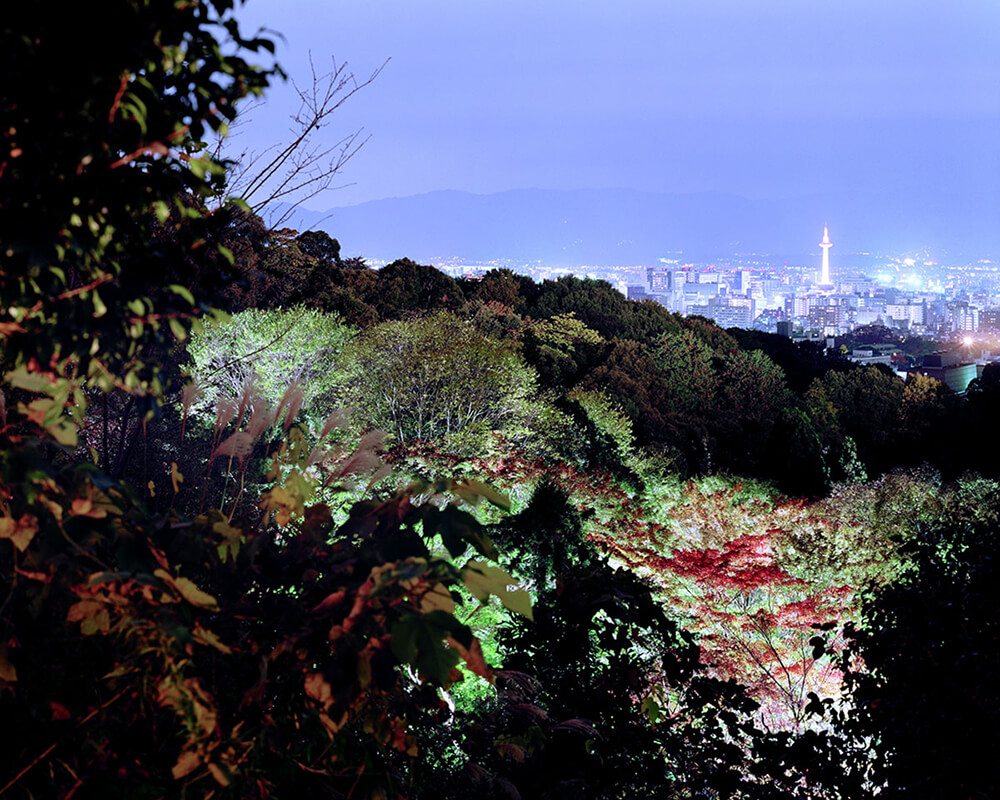
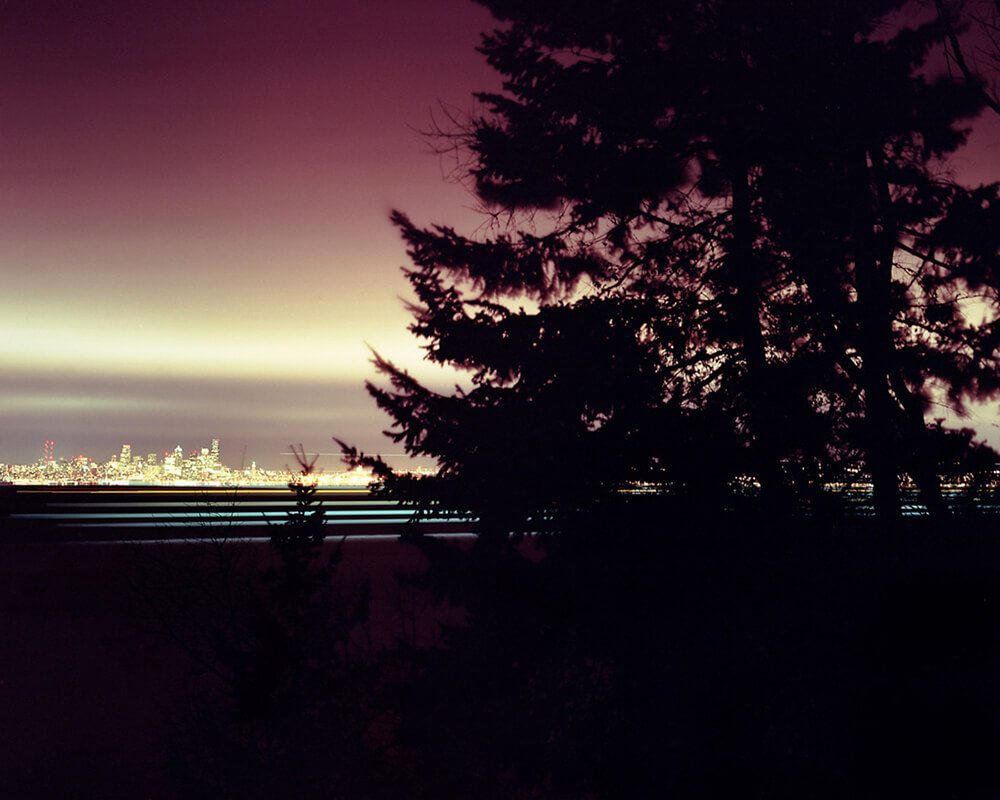
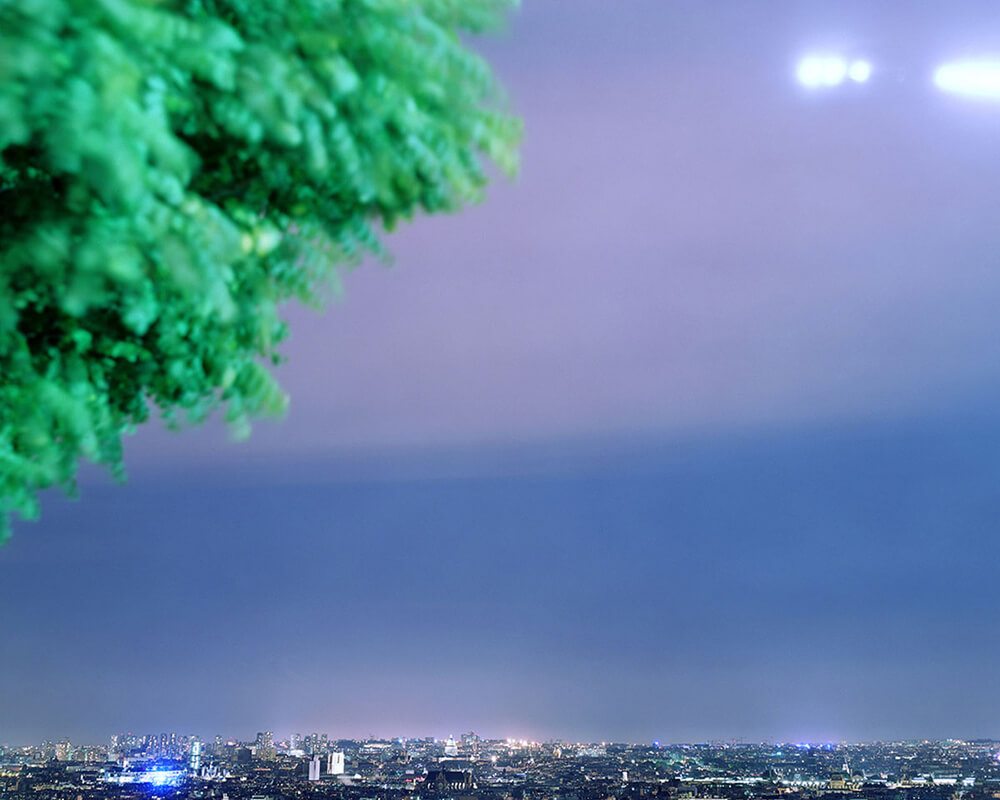
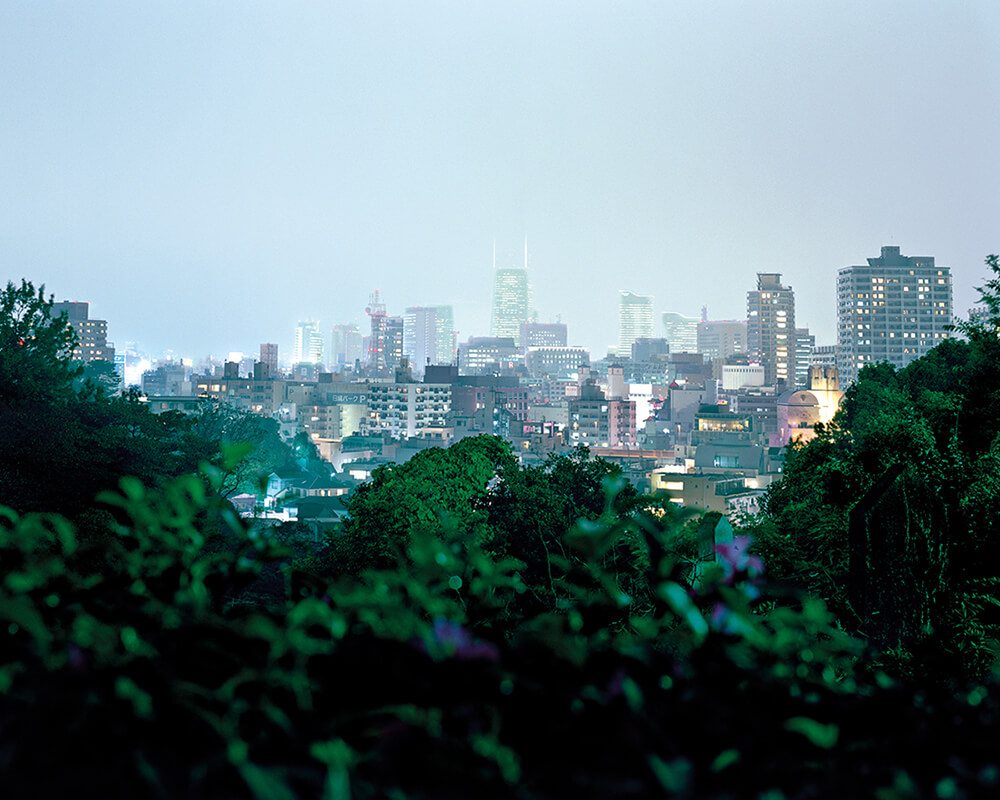
Images © Christina Seely
Exploring the dichotomy of light pollution – it being both a symbol of progress and hope, and of environmental destruction – Seely’s gorgeous slow-shutter cityscapes from her long-term project ‘Lux’ display both an immense beauty and troubling complexity for what the light represents. Often framing this abundant man-made light with nature in the same frame, she reflects on how humans continue to transform the natural world. As a distant observer, and titling each image simply as ‘Metropolis’ she takes on the role of detached spectator examining the long-term effects on the health of the planet we call home.
Gregory Crewdson
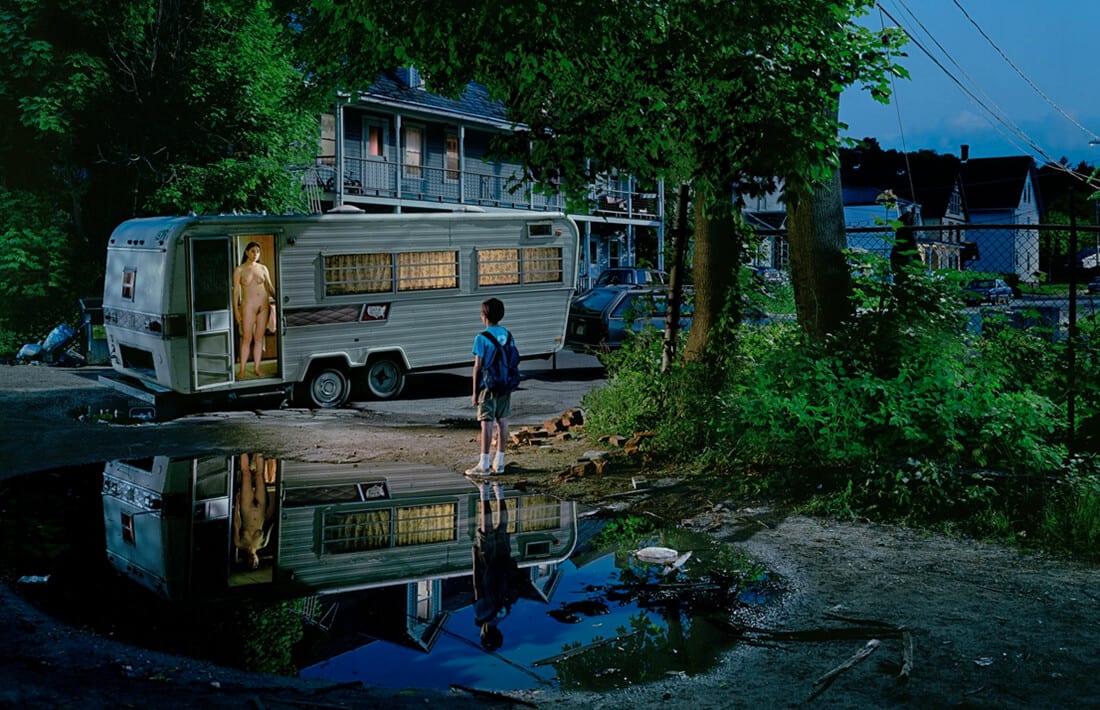
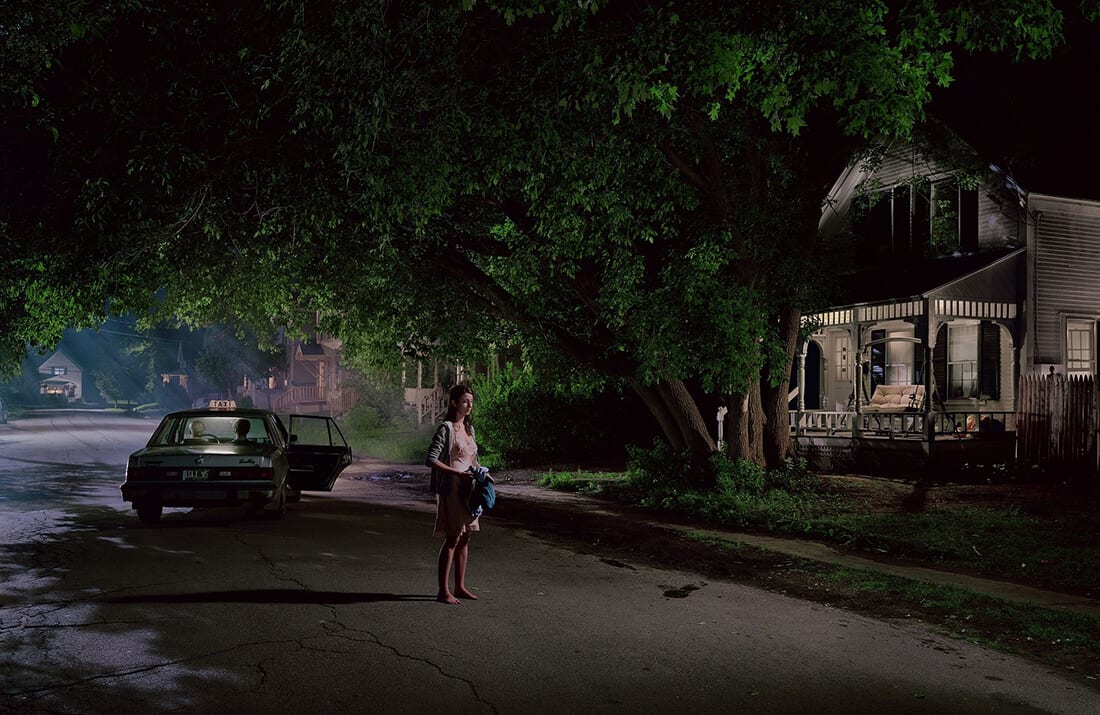
Images © Gregory Crewdson
Operating on an epic scale, more akin to that of a film director than a photographer, Crewdson’s intricately detailed large-scale tableaux are the result of weeks of elaborate planning and staging, and behind-the-scenes production. Existing in a liminal space somewhere between the normal and paranormal, his images transform the familiar America suburbs into a place of wonder and anxiety, where the domestic becomes the fantastical.
Inspired by the likes of Close Encounters of the Third Kind and The Twilight Zone, his series ‘Twilight’ used that word as a metaphor for, and backdrop to, mysterious events that momentarily extract people from the homeliness and security of their suburban context. Here the night is analogous with strange goings-on and metaphysical awakenings – the American Dream gone weird. ‘Beneath the Roses’ examines similar themes and is perhaps his magnum-opus, examining the recesses of the American psyche and the disturbing dramas at play behind the curtain.
His cinematic style, and progression as an artist is explored in great depth in the excellent documentary ‘Brief Encounters’.
Philip Lorca DiCorcia
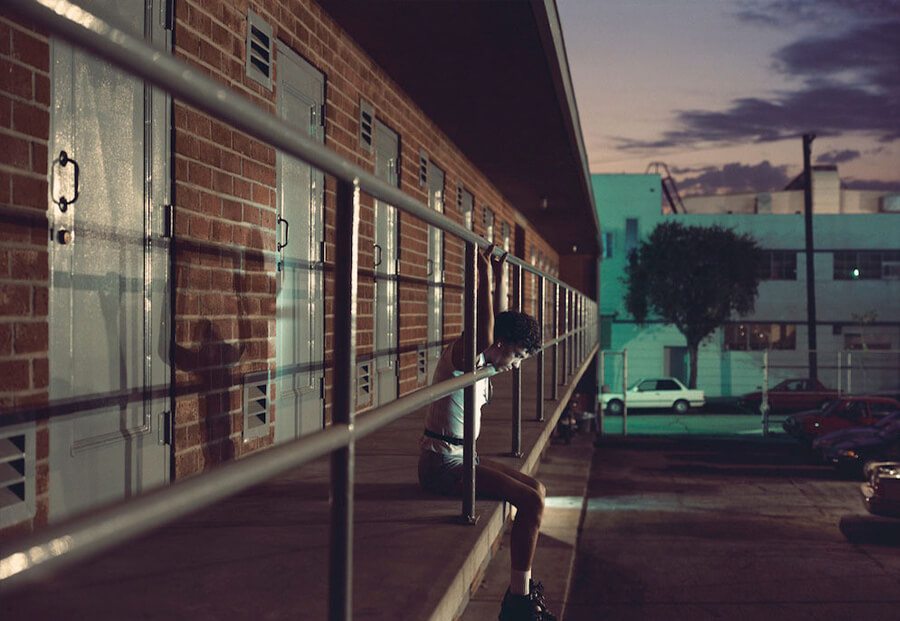
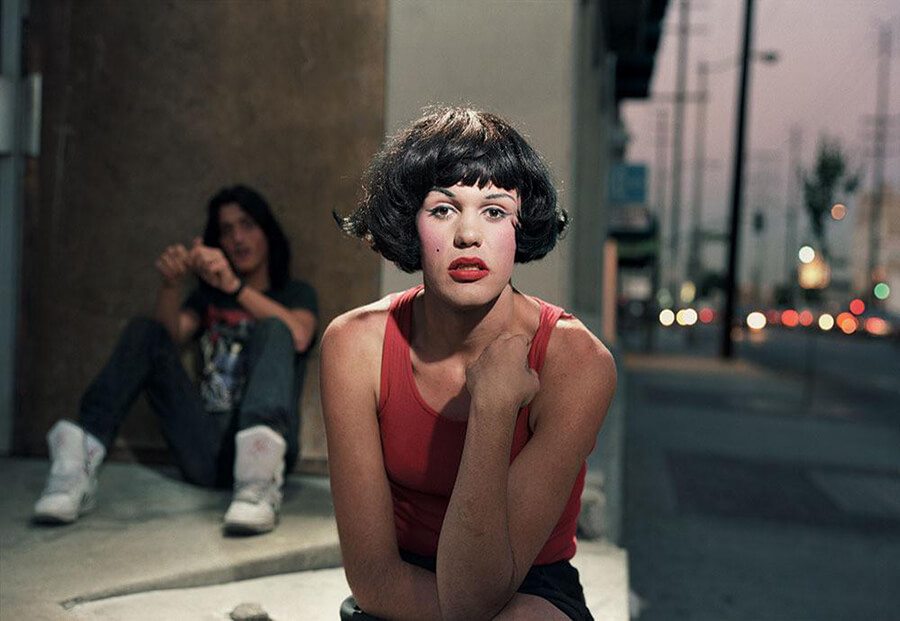
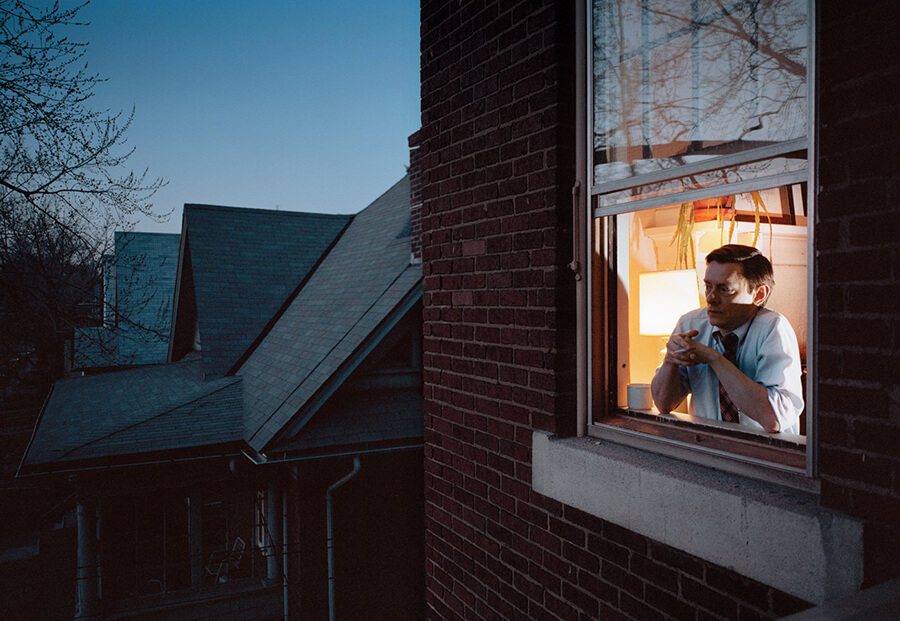
Images © Philip Lorca DiCorcia
Much of American photographer diCorcia’s work exists in the half-light of the city, when the sun is low and fading. His most iconic series ‘Hustlers’ is both largely photographed as night sets in, and documents people we might associate with the night – vagrants, drug addicts and sex workers.
Shot against a backdrop of devastation and despair during the AIDS pandemic in the late 1980s and early 90s, ‘Hustlers’ was his first cohesive series. Along with an assistant, he made five trips to Los Angeles, where he would set up his 6×7 Linhof view camera and lights and run through each potential shot with meticulous detail, before cruising the streets of Santa Monica propositioning hustlers and drifters. He then brought his subjects to his pre-prepared locations to make their portraits and paid them (with National Endowment for the Arts funds) the equivalent fee they would have charged for sex.
Like much of his work, the images suggest rather than elucidate a full narrative – Hollywood’s fake intimacy, and the American Dream gone sour – and are a controversial and important document of a challenging period of American politics and history.
Alejandro Chaskielberg
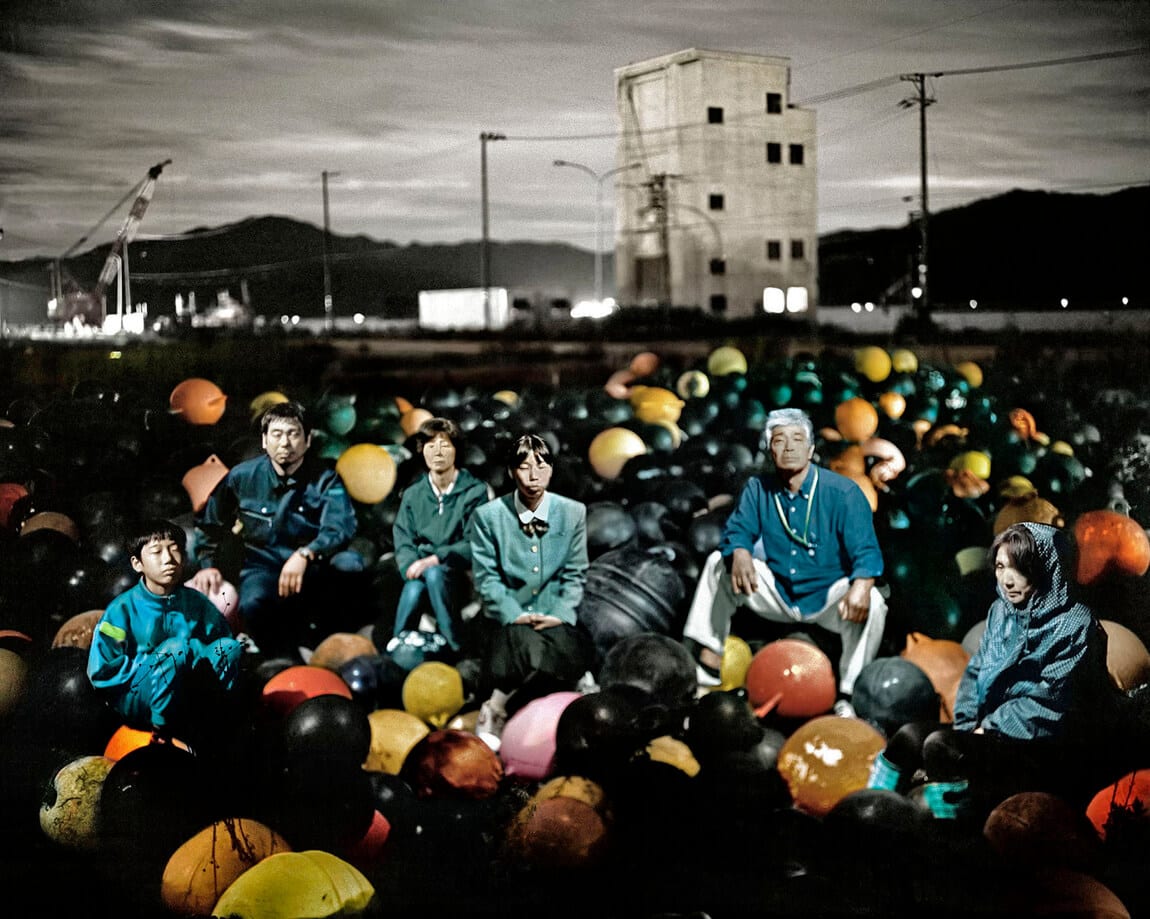
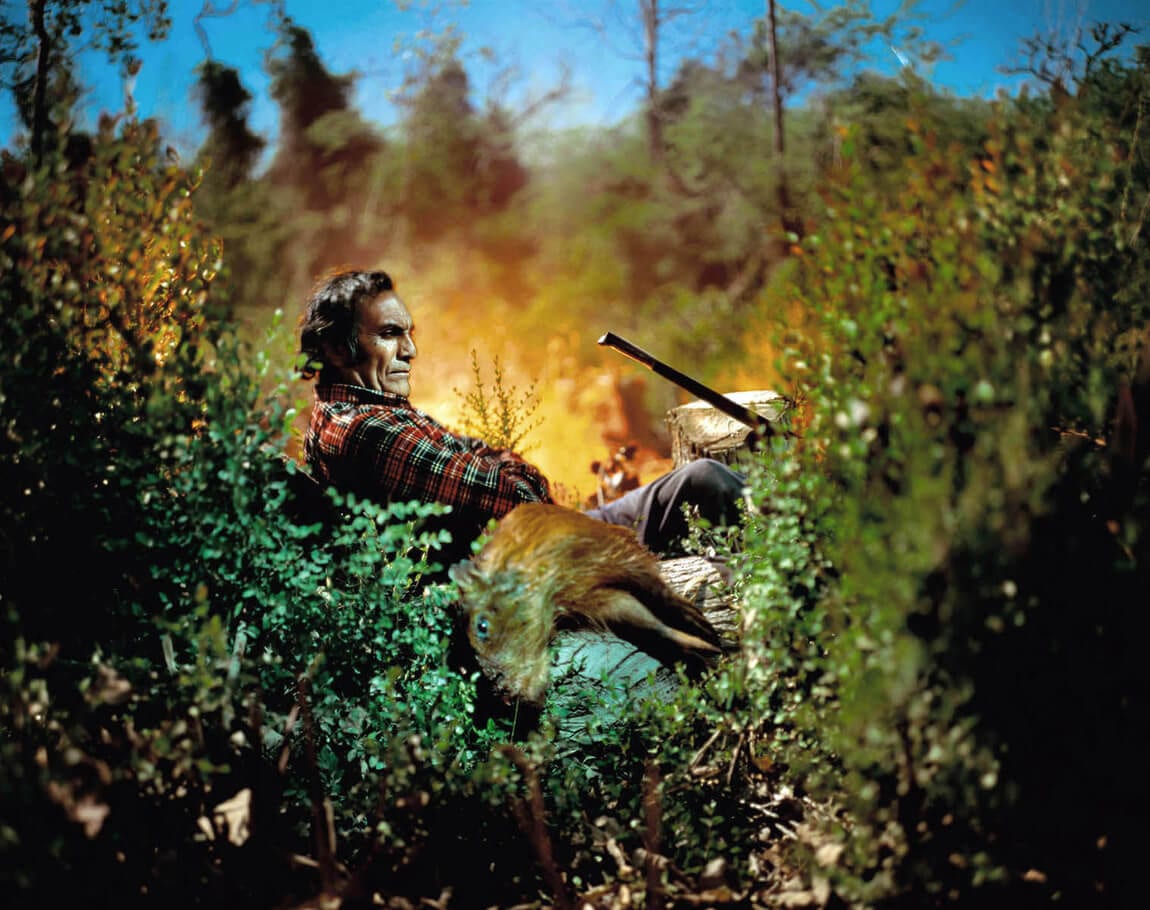
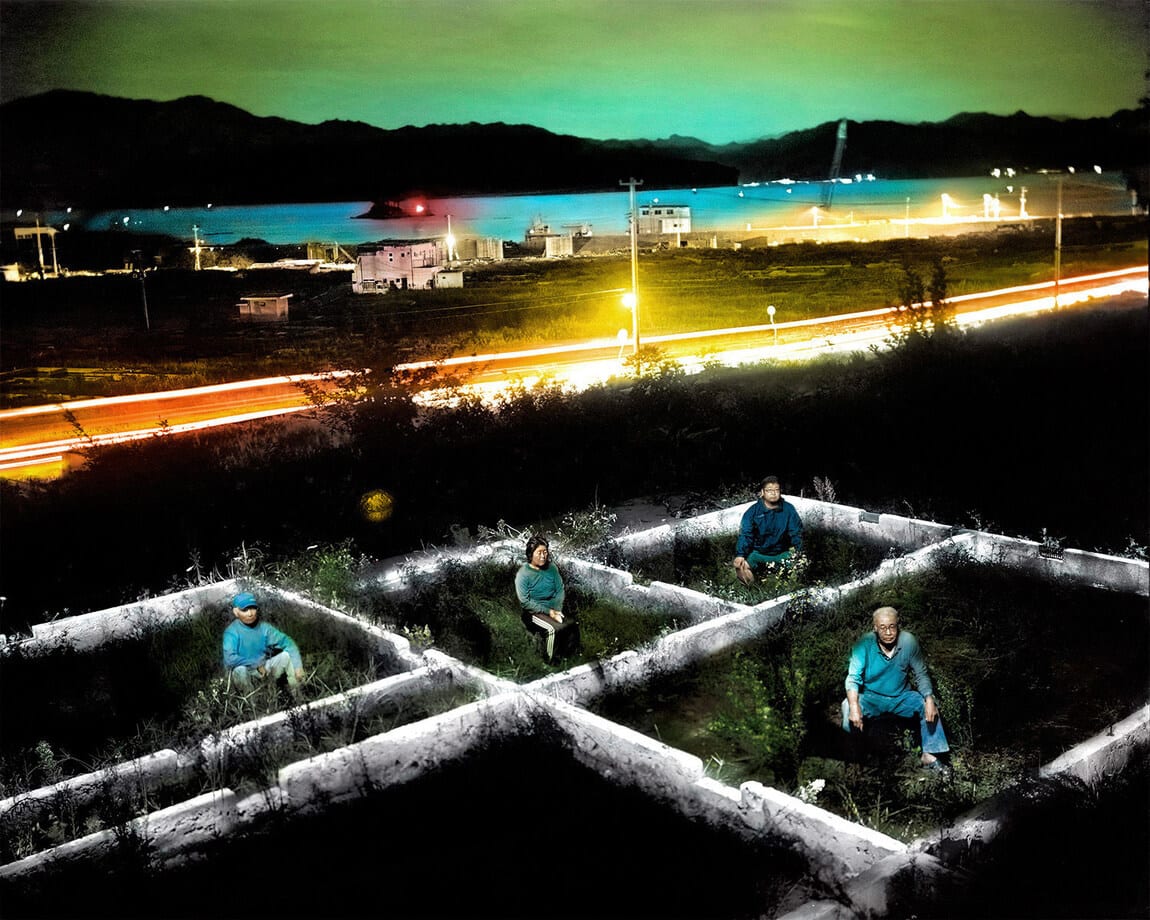
Images © Alejandro Chaskielberg
In Chaskielberg’s mixed media work he creates images “on the border of reality”, combining real people and environments with found photographs and fictional poses amongst other things.
His series ‘Otsuchi Future Memories’ is a visual documentation of the destruction and loss of 2011 Japanese earthquake and tsunami, combining portraits of survivors in the ruins of their homes and workplaces with family photographs recovered from the water. The colors in those found photographs, distorted by the effects of salty water, inform the colors of the final images, resulting in a powerful commemoration of the intangible loss of memories and identities in the aftermath of destruction.
His series ‘La Creciente’ is an homage to three years spent on the islands of the Paraná River Delta in Argentina. Shot only under the light of the moon, each image was shot with a long exposure that required his subjects to remain motionless for as long as ten minutes, in doing so capturing the strange magic and wonder of these remote communities.
He has discovered a visual style (and a mastery of narrow depth of field) that is entirely his own, resulting in unreal and poetic imagery that examines socio-political issues in a unique and lyrical way.
Edgar Martins
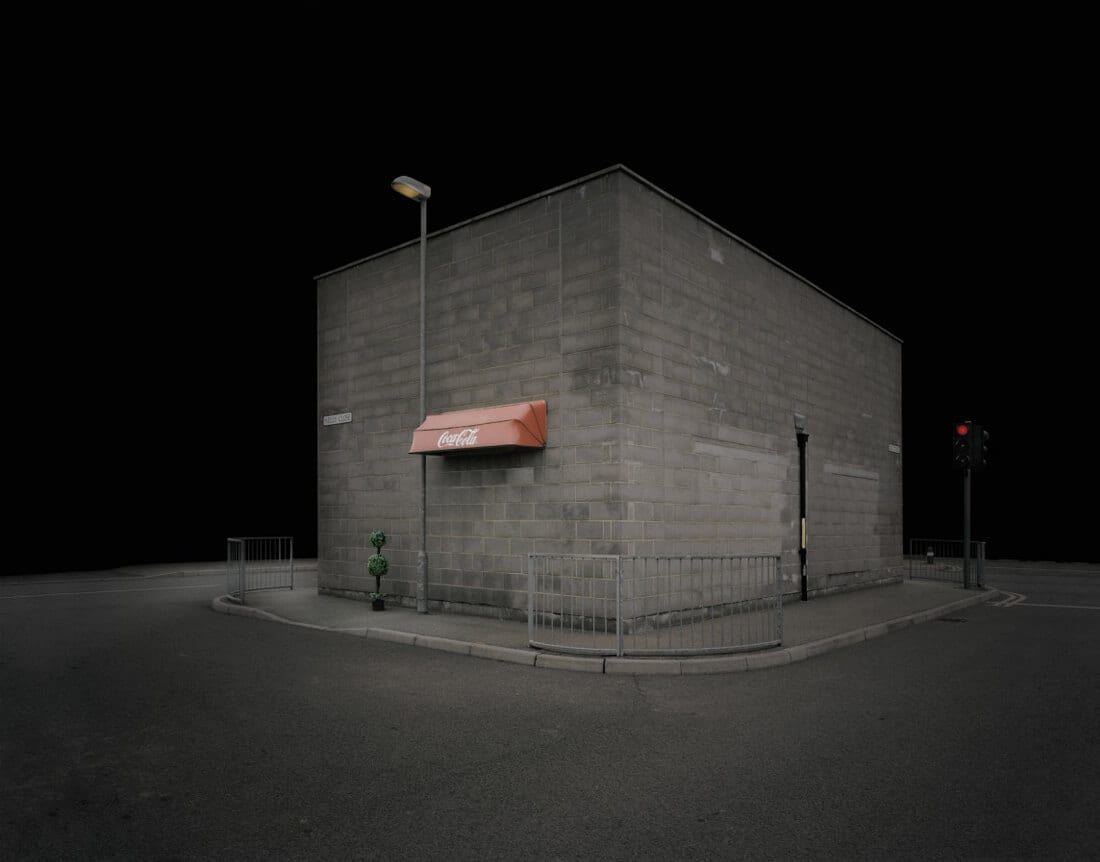
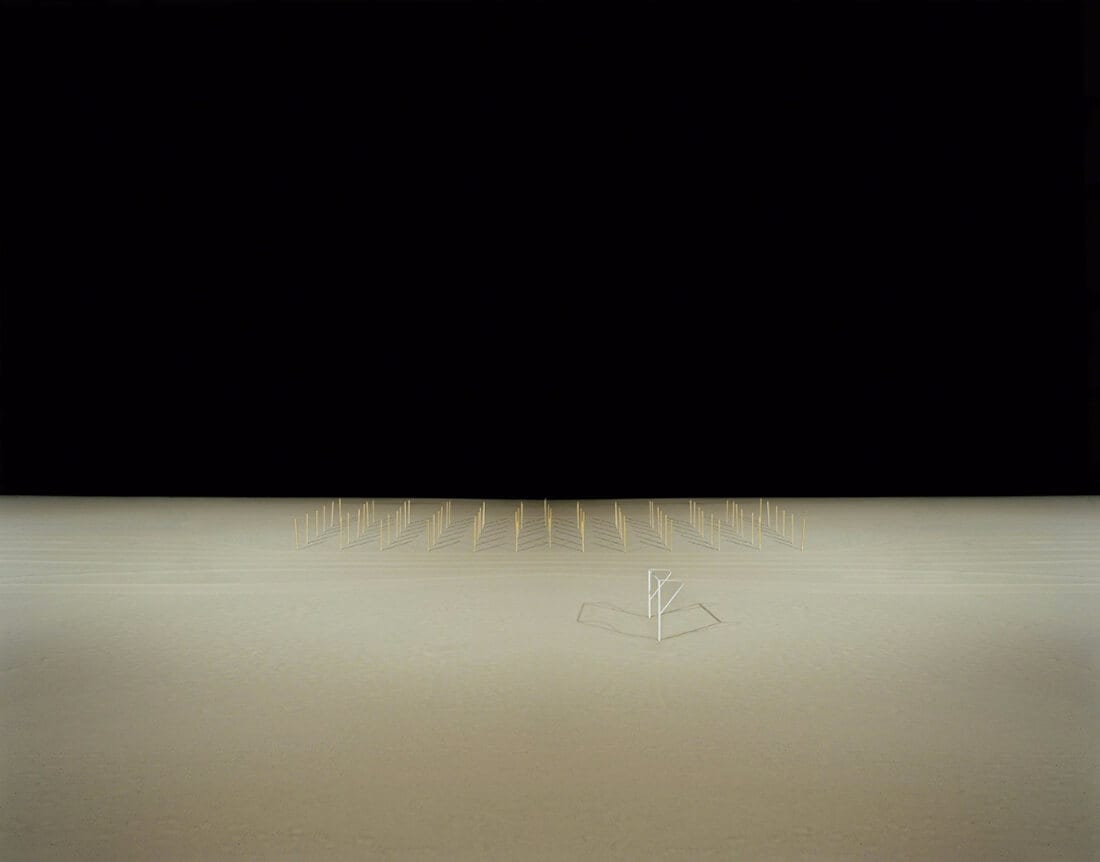
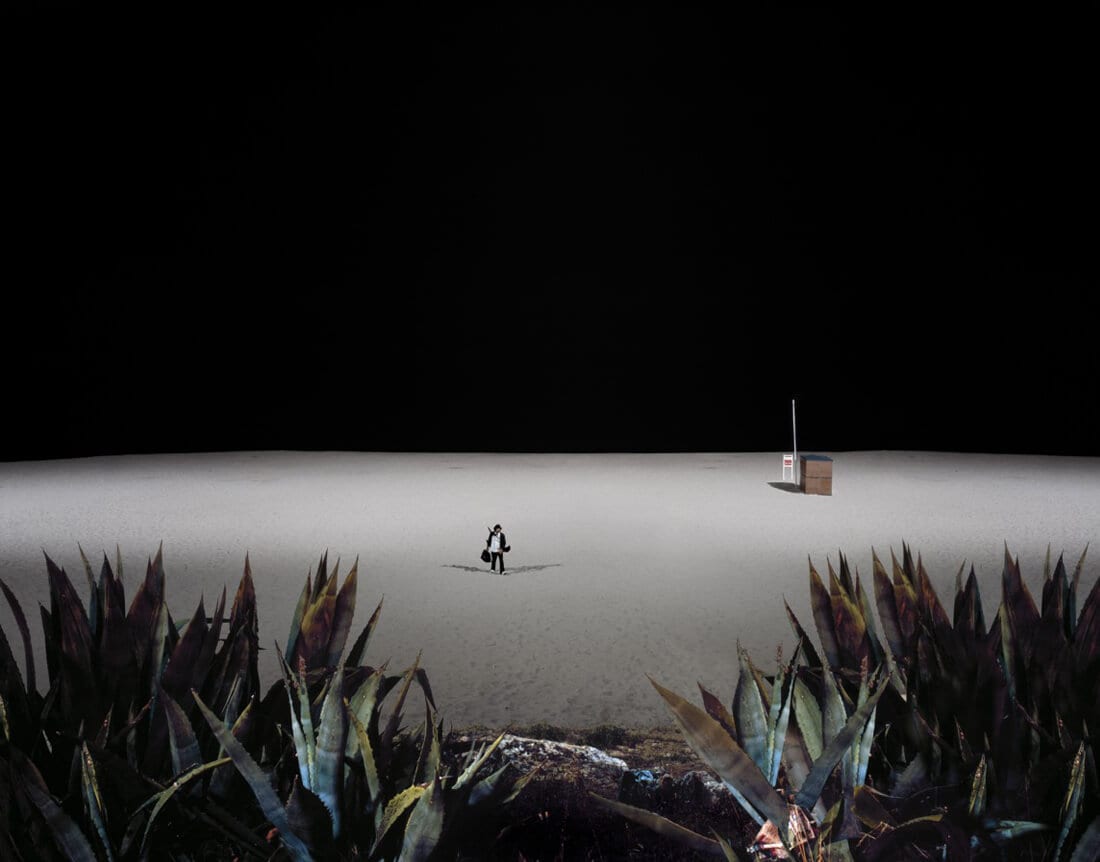
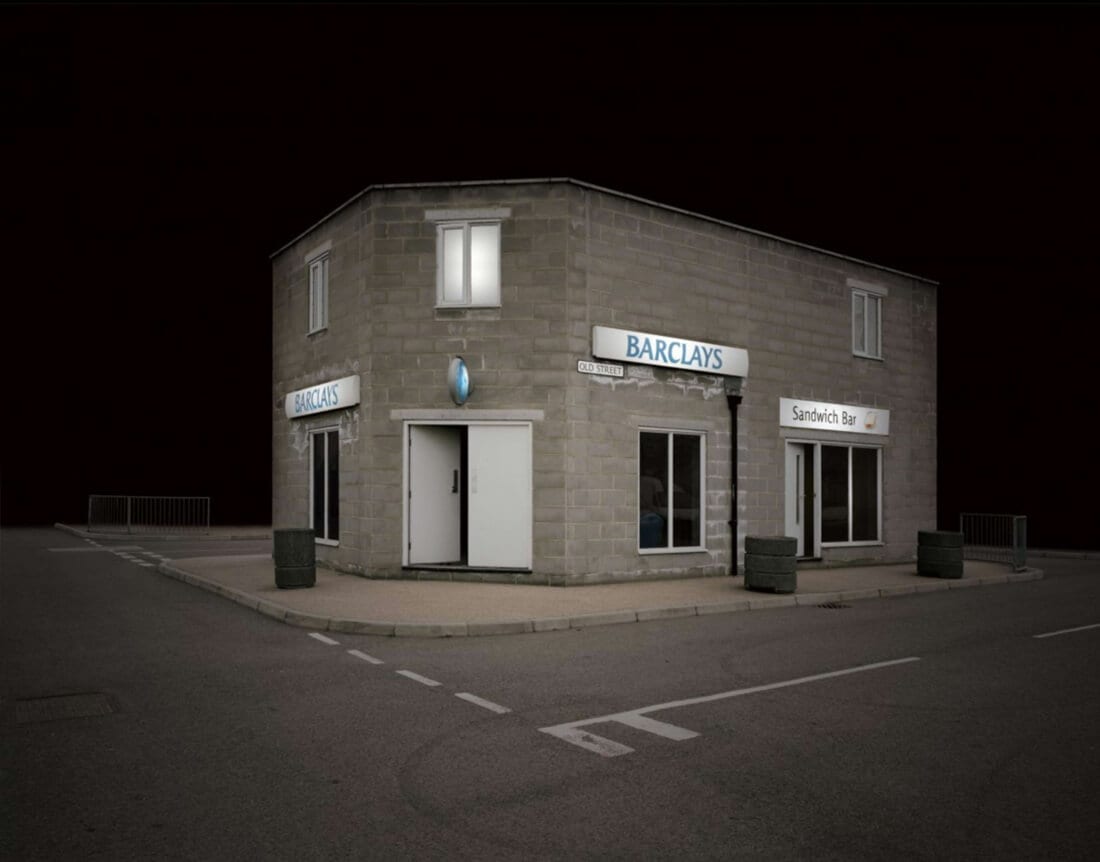
Images © Edgar Martins
Portuguese-born, Chinese-raised and English-dwelling photographer Edgar Martins uses the night as a tool to create absence – the relentless black creating unsettling feelings of isolation. His series ‘A Metaphysical Survey of British Dwellings’ documents a real-life ‘mock-up’ town built in 2003, and used to train the Firearms and Public Order Units of the UK’s Metropolitan Police. The urban fabric fades into the twilight, and the empty, lonely spaces are unsettling, and perhaps a metaphor for our asocial urban lives.
Similarly in his work ‘The Accidental Theorist’ he presents images taken largely on the same Portuguese beaches over a period of two years. The landscapes are familiar, and yet their emptiness is discordant, inconsistent and disturbing. All that typifies the beach experience is missing, and the environmental turn from places of happiness and spontaneity, to places of silence and melancholy.
